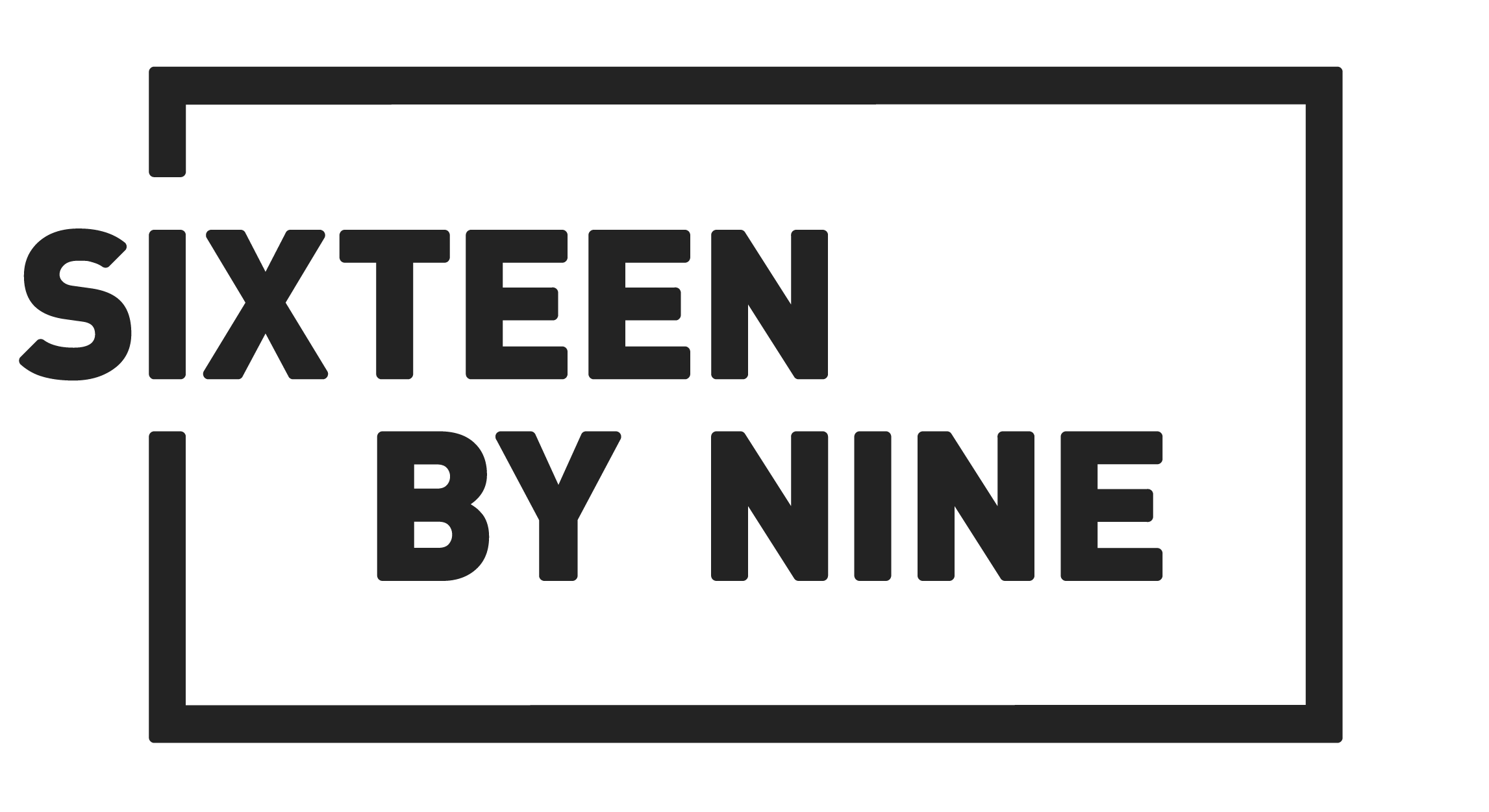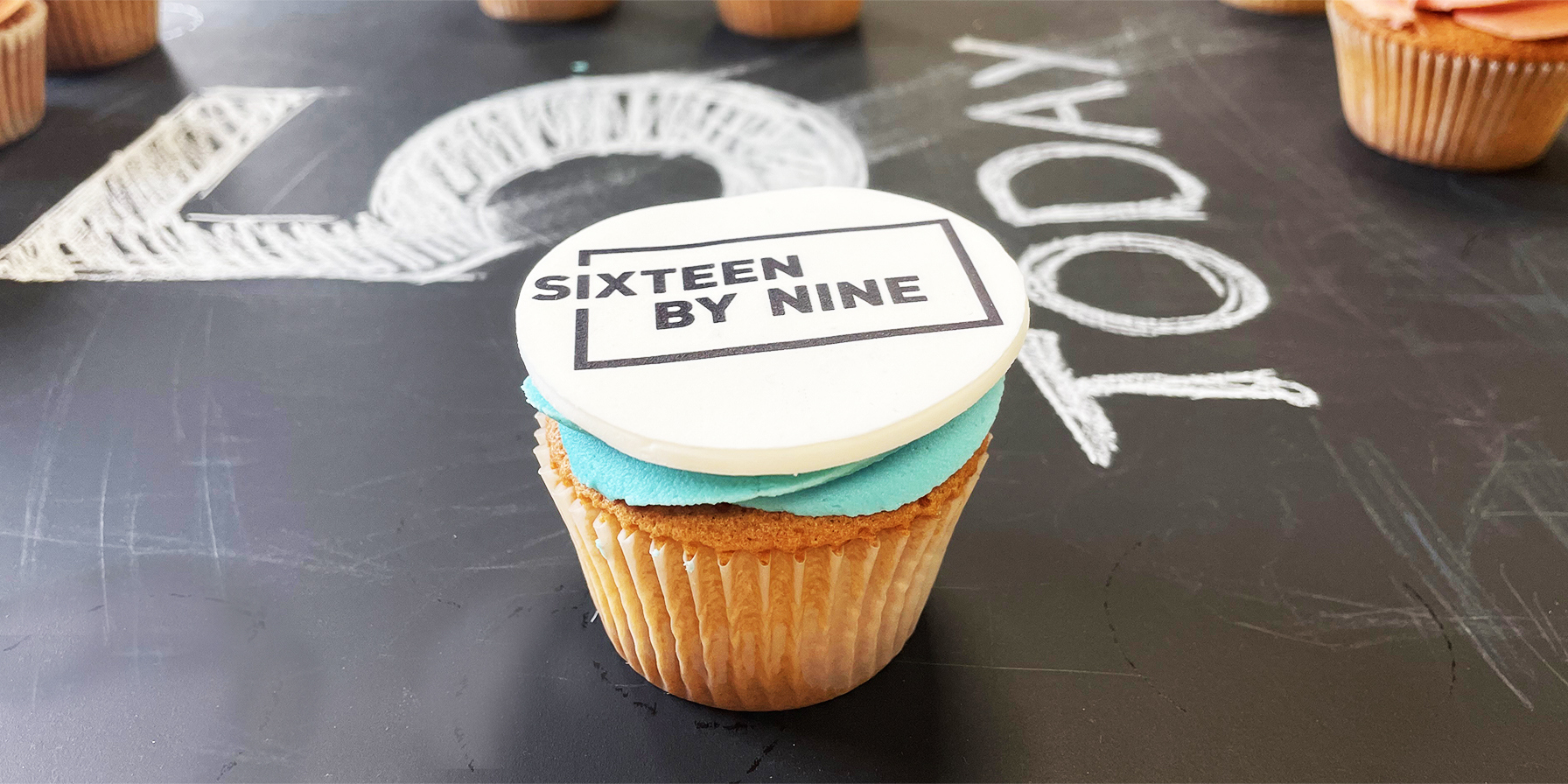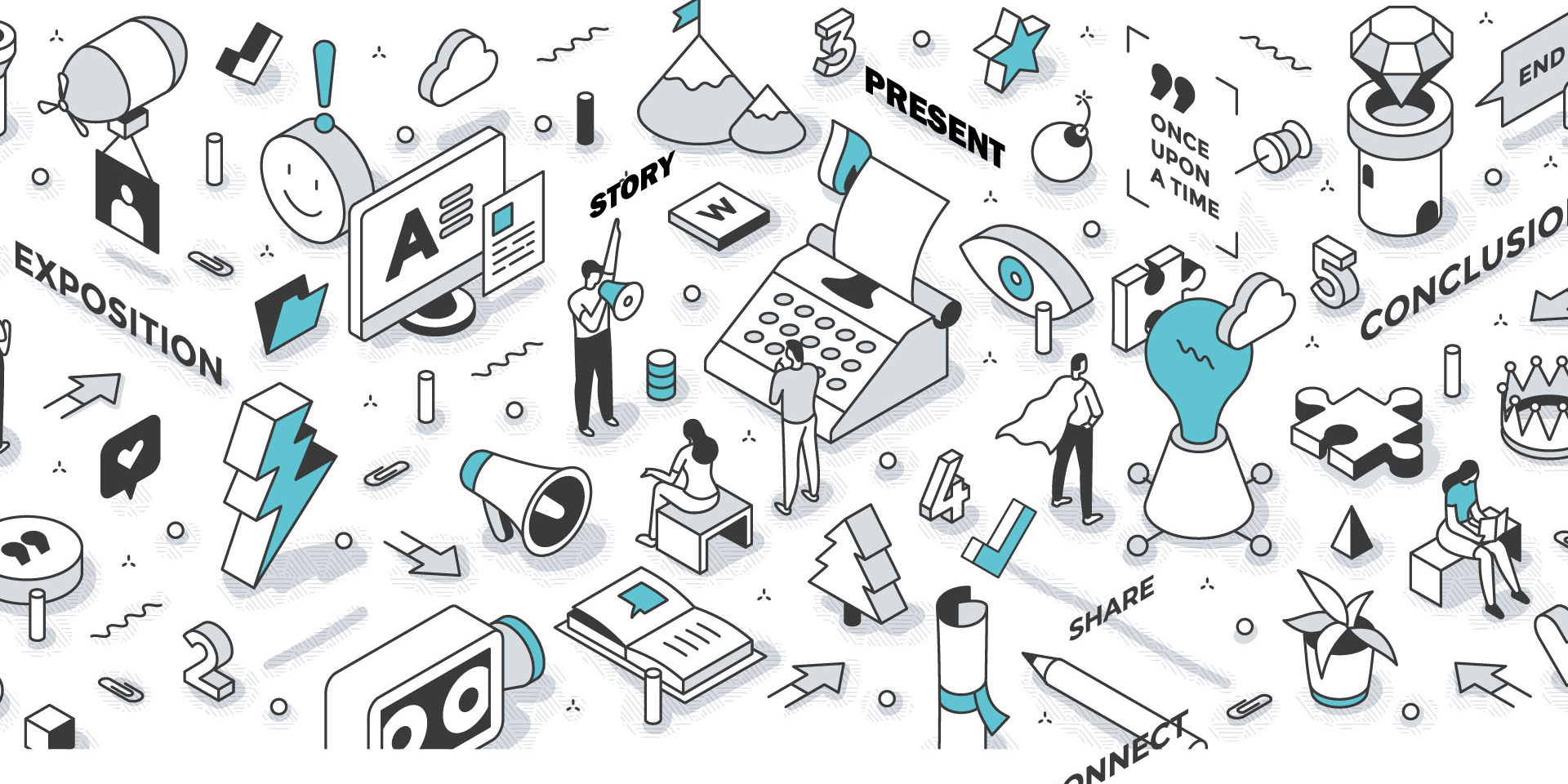Why you need more presentation storytelling, not more PowerPoint slides, in your next business meeting.
Stories really are great, right? From storytelling titans like Charles Dickens and Malorie Blackman, Steven Spielberg and Bong Joon-Ho. So why is it that every day we’re subjected to the presentation storytelling equivalent of someone reading the dictionary to you with as much enthusiasm as… well reading the dictionary?
Stories transport us to other times and distant worlds. They have the power to make us laugh, make us think, and make us grow.
But what exactly is going on when we listen to stories? And more importantly, why is it relevant for your next presentation?
Simply put, stories make us feel good and presentations make us feel bad.
Thank you for attending my TedTalk…
Oh, you need more? Not enough to convince the boss breathing down your neck, asking you to “just throw some slides together”?
"So keep being coupled to other people. Keep spreading your ideas, because the sum of all of us together, coupled, is greater than our parts."
— Uri Hasson
Why should I care about presentation storytelling?
Individually we are busy people, with our own approaches and pressures. Now more than ever we are also physically siloed from the rest of our teams. Sitting in makeshift home offices linking up for business-critical presentations that we can’t even remember when we hit the leave button. It is because of this that presentations fail. No one can recall the point of the meeting, let alone what we’re supposed to do with the information on the slides. Yet everyone knows about the latest episode of that show on Netflix (currently catching up with Ozark, before the new season drops).
There is this fascinating phenomenon about storytelling: our brains engage. Not only that but all of our brains engage collectively.
As we watch and listen to stories we align with the storyteller and with our fellow audience members. We share similar responses in areas across our brains. It is called neural entrainment, and for me, it was my epiphanic moment. A tangible reason why I make presentations for people around the world: because I can literally bring audiences together.
The science of presentation storytelling.
According to Uri Hasson, whose TedTalk (check it out here) brought it to my attention, our brains show consistent and aligned activity when sharing in the same story or idea. Vast areas of the brain, from both speaker and receiver, work in harmony. But this only works when the story is complete. Swapping the order of the words causes the responses to drop dramatically because the story becomes non-sensical. This is the same as a presentation where the slides aren’t connected.
Imagine the collective power your presentation can unlock when everyone is sharing that experience. What if, instead of being presented with disparate charts, copious bullet points and expecting an audience to retain information by brute force, we take audiences on a journey. We instil action. We even change the world.
Perhaps I’m getting ahead of myself. For now, let’s just change one presentation, your next one.
“Storytelling is the most powerful way to put ideas into the world”
— Robert Mckee - Author, lecturer, story consultant
Let’s start asking new presentation storytelling questions.
The problem we see so often is that clients just know ‘they want a PowerPoint’. Many people think the PowerPoint is the end goal. But no one wants a PowerPoint (except maybe my Creative team). Because of this we ask every client the same question: “what do you want to achieve from your presentation?”, and the responses we usually get are:
“I need my team and customers to really buy into this new strategy.”
“The audience should remember our key message and data.”
“It’s important that we get a positive reaction from the meeting.”
Sound familiar? All of these, and many more, appear in everyday business life. They all centre on communicating something to the audience, be it: information, a concept, or an emotion. Exactly like stories do.
When we start thinking about presentation storytelling we start to focus on outcomes and not on slide counts. We can discuss pace, structure, audience, voice, imagery, and response. We make sure that our slides work together to tell an overarching narrative and that our audience leaves with a satisfying resolution. You will plug annoying plot holes in your presentation and put yourself in the directing chair.
What’s more, audiences retain the story and retell it to others. In turn, those secondary audiences have the same neural entrainment we had from the original story. Suddenly, our presentations achieve widespread engagement, understanding and change. Hasson notes that this is the mechanism of retelling stories and that our brains mimicking patterns is how we can transmit memory. Importantly, this is how you can build your presentations and make them land big. Not just with your audience but with your audience’s audience.
That’s a big moment because we’re no longer just making PowerPoints. We’re telling stories our businesses need to tell. We’re making real-world progress with our brands, projects and goals.
We’ve only just finished chapter one!
Much like entering a library or a cinema for the first time, we have only just scratched the surface of presentation storytelling. Hopefully, we can all start to add more stories to our next presentation and reengage our audiences.
If you’d like to know more about how we bring stories to life for our clients, take a look at our showreel here and join us on our social channels (Instagram) and (LinkedIn). We’ll be sharing presentation storytelling tips and approaches to help your upcoming presentation become the next box office hit.




